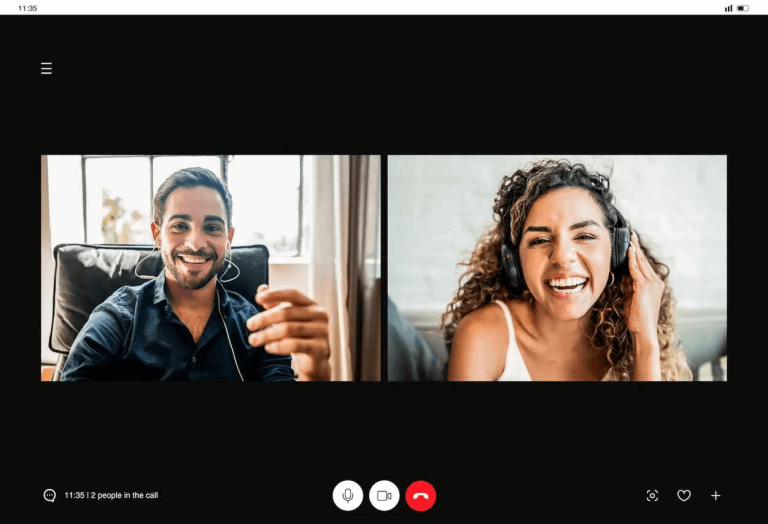Cohort-based programs provide better learning outcomes in difficult-to-teach domains like management and leadership, but are…
What Is Learning Experience Design (LXD) and How Can It Prepare Workers for Real-Life Challenges?
Key Takeaways
- LXD shifts focus from “teaching content” to designing meaningful learner experiences that drive behaviour and capability.
- Simply delivering training is not enough, designing for experience, context and application increases the chances of real impact.
- Organisations that adopt LXD are better positioned to help employees apply what they learn in real work settings and adapt to change.
In order to form a creative, effective workforce, companies spend a lot of their energy and budget on learning and development.
But how do they know that their investments are paying off and making a measurable impact? Or that the learning will lead to greater advancement and skills? Will employees develop and apply skills that move the business forward? Quizzes and reviews might reveal if someone has a good memory, but they won’t assure that an employee can integrate the new learning into their duties at work. Or that the employee finds value in the learning, and feels more engaged, therefore more likely to stay.
Putting learners, not instructors, at the center of LXD
Instructional designers are now, more than ever, focusing their energies on learners, and putting their interests at the heart of their training, in a newer discipline known as learning experience design (LXD).
LXD is a multidisciplinary approach to training that recognizes that most learning happens, not by instruction, but through experience. By intentionally combining learning science with the principles of human-centered design, as well as social and behavioral psychology, learning experience design results in contextualized, outcome-oriented experiences where the learner leaves with something to remember.
At its very best, LXD can:
- Develop capabilities to adapt to new situations
- Bridge the gap between concept and practice
- Create a safe space to experiment and fail
- Allow accurate assessment of new skills
Paying attention to how employees learn and whether they’re absorbing what they’re taught pays important dividends: simply put, it is an investment in the bottom line.
Employee training is a great investment
The 2020 Training Industry Report, created by Training magazine, says that the average company in the U.S. spent $1,111 per employee in 2020 on training costs.
That is a decrease from prior years, due, no doubt, to the COVID-19 pandemic, but whether employees return to the workplace or continue to work remotely, online learning will be a prominent part of their onboarding, and learning and development.
If training is costly, employee attrition is even more so: According to the Society for Human Resource Management (SHRM), the average replacement cost of a salaried employee is six to nine months of salary:
- For someone earning $60,000 per year, the cost estimate is $30,000 to $45,000 in recruiting and training to hire a replacement.
- Some studies say that the cost can be twice the employee’s annual salary, especially for higher level employees.
The long history of ID
Traditional Instructional Design (ID) is a blend of psychology, education, and communication that creates teaching plans for specific groups of students, exploring how they learn and what methods will help them to reach their goals.
The field emerged during World War II, when psychologists and education experts were asked to create training materials for thousands of soldiers. In the mid-1960s, educational psychologist Robert Gagne, who also developed the earlier curriculum, created research known as “The Conditions of Learning,” that sit at the core of ID practices today—which is why the industry has a great foundation, but was also ready for an overhaul, given its age.
The rise of online learning
With the rise of the internet, online learning gained prominence in the corporate sector, and companies used it for onboarding and developing new skills. As a result of “big data” and analytics, in the past few years, the focus is not just on learning outcomes but also the overall user experience of the learner, which enables them to achieve outcomes in a “human-centered and goal-oriented” way.
According to Deloitte’s 2019 Global Human Capital Trends report, organizations rank “changing the way employees learn” as the No. 1 challenge they are currently facing. It’s not enough to focus on creating “instruction,” but instead focus on developing engaging and collaborative experiences that extend outside the bounds of the course to elicit long-lasting change.
“Learners first” with LXD
WIthin the past five years, more educational experts are turning to Learning Experience Design to further their educational goals, keeping the learner experience at the forefront.
Engaging employees with LXD allows them to share more of the company culture and to bond more with their peers. A culture that puts the learner first lets employees know they are valued, that their input matters. Experiential learning also helps advance the goals of diversity and inclusion. By encouraging people from all over the enterprise to work together in a learning environment, companies can help their employees to break down barriers that might otherwise exist between departments, or people of different races, ethnic groups, gender and sexual orientation.
Margaret Weigel, from Six Red Marbles, defines LXD as “a synthesis of Instructional Design, educational pedagogy, neuroscience, social sciences, design thinking, and User Experience Design.” It truly takes the best practices of each of these fields and combines them to create learning that is experiential, engaging, impactful, and designed with the learner (instead of the instructor) in mind.
This is exactly what employees want but are not getting in their training. Research coming out of Middlesex University supports this – 74% of employees feel like they aren’t meeting their potential at work due to lack of meaningful development opportunities.
Real learning doesn’t happen through instruction
Memorable learning doesn’t come from a book, or from tests. If adults are asked their most vivid memories from high school, it is likely that they would remember conducting a science experiment, participating in a math tournament, or strutting with their trumpet in the marching band.
The same is true for training in the corporate world, whether it’s onboarding, leadership, or executive education. According to a 24×7 learning study, 88% of employees said they do not apply the skills from training to their jobs. LXD helps change that with its focus on the 70/20/10 model of learning. This model suggests that only 10% of employee learning comes from traditional instruction, whereas 70% comes from experiential and 20% from social learning.
Getting hands-on experience with LXD
Experiential learning allows employees to explore and analyze content with their peers, and they have a shared experience. They can discuss and reflect, analyze what is important, and find what works for them, or applies to the work they do. The immersive experience can include workplace simulations, role-playing and guided discussions.
With collaboration, social learning, active facilitation, project-based learning, and peer feedback—the hallmarks of Learning Experience Design—companies are not only able to improve the training designed for learners but also create paradigm shifts within organizations.
Ready to make the switch?
Ready to leave Instructional Design behind? Enroll in our free 5-week Foundations of Learning Experience Design course in Fall 2021 to gain core competencies in creating high-impact learning experiences using digital pedagogy and best practices — and engage with 15,000+ alumni and peers from around the world.


